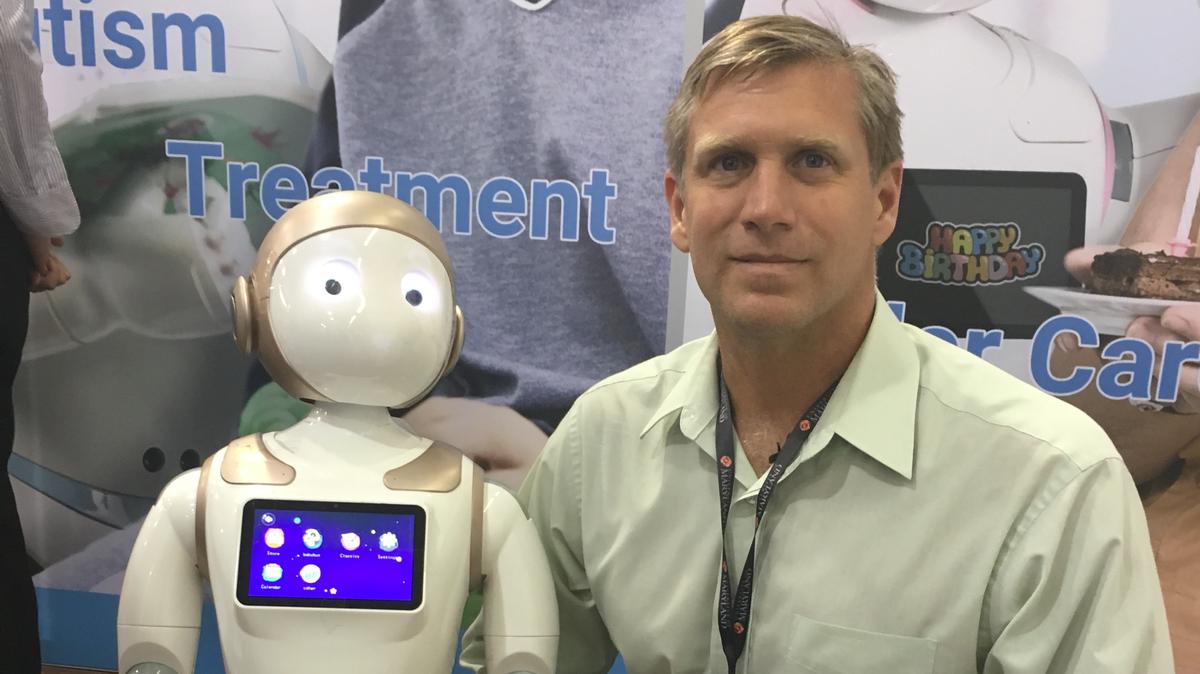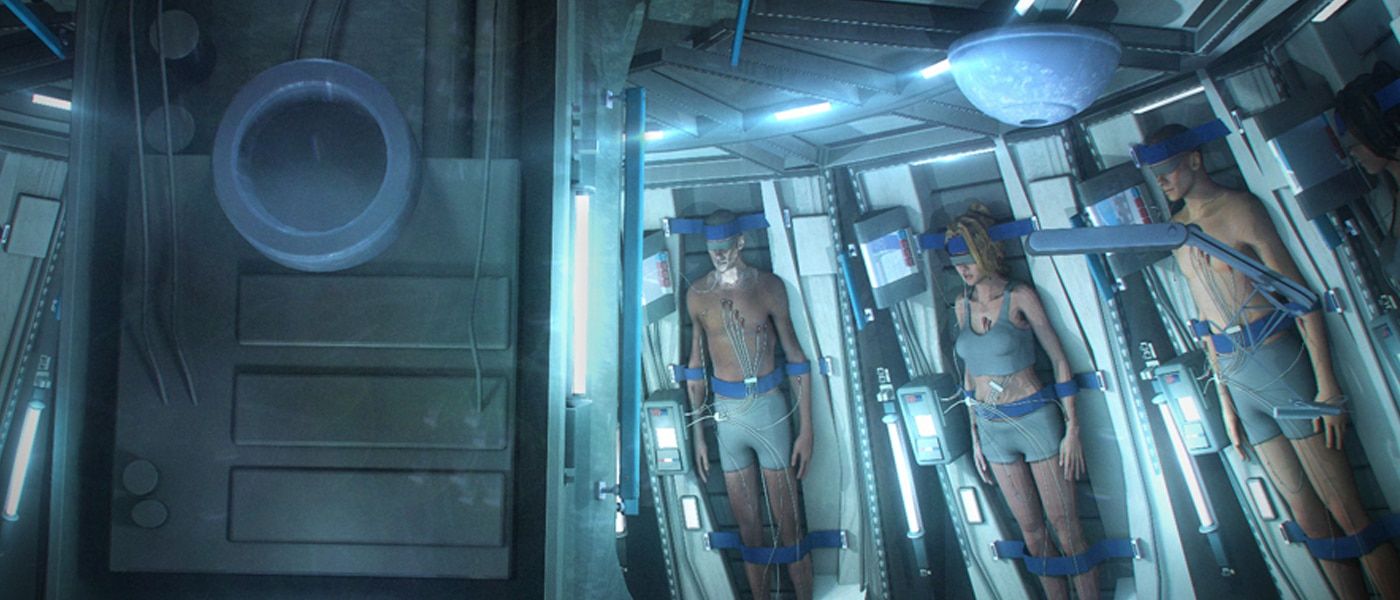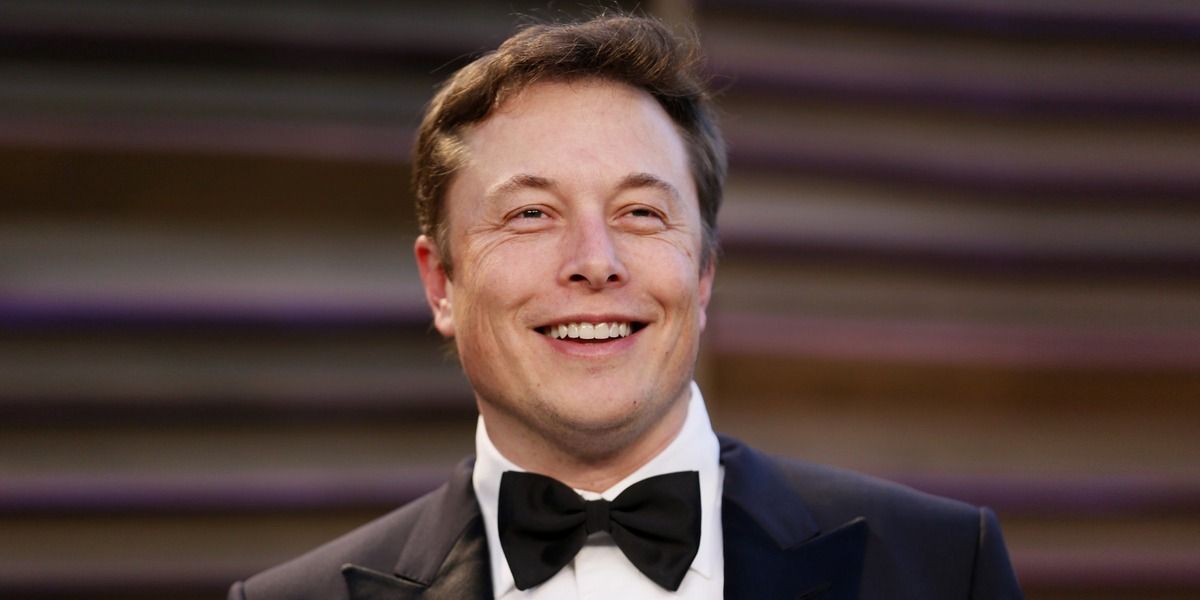The fledgling “flying car” industry just received a major boost as Google cofounder Larry Page officially launched his new startup out of stealth.
Founded in 2015, Kitty Hawk has been known to exist for some time already, but we’ve hitherto had no real idea about what it was all about — beyond it having something to do with flying cars. But earlier this morning, company CEO Sebastian Thrun, who once headed up Google’s self-driving car efforts and later went on to found online learning platform Udacity, tweeted out a link to the company’s website and Twitter page. Kitty Hawk’s website now offers some clue as to what we can expect.
It transpires that Kitty Hawk isn’t working on a “flying car,” as such, instead it’s working on a personal “ultralight aircraft” designed to be flown in “uncongested” areas, particularly over fresh water — it can’t be flown in cities. And, crucially, it doesn’t require a pilot’s license, which opens things up to widespread recreational use, though this will naturally raise some safety concerns.
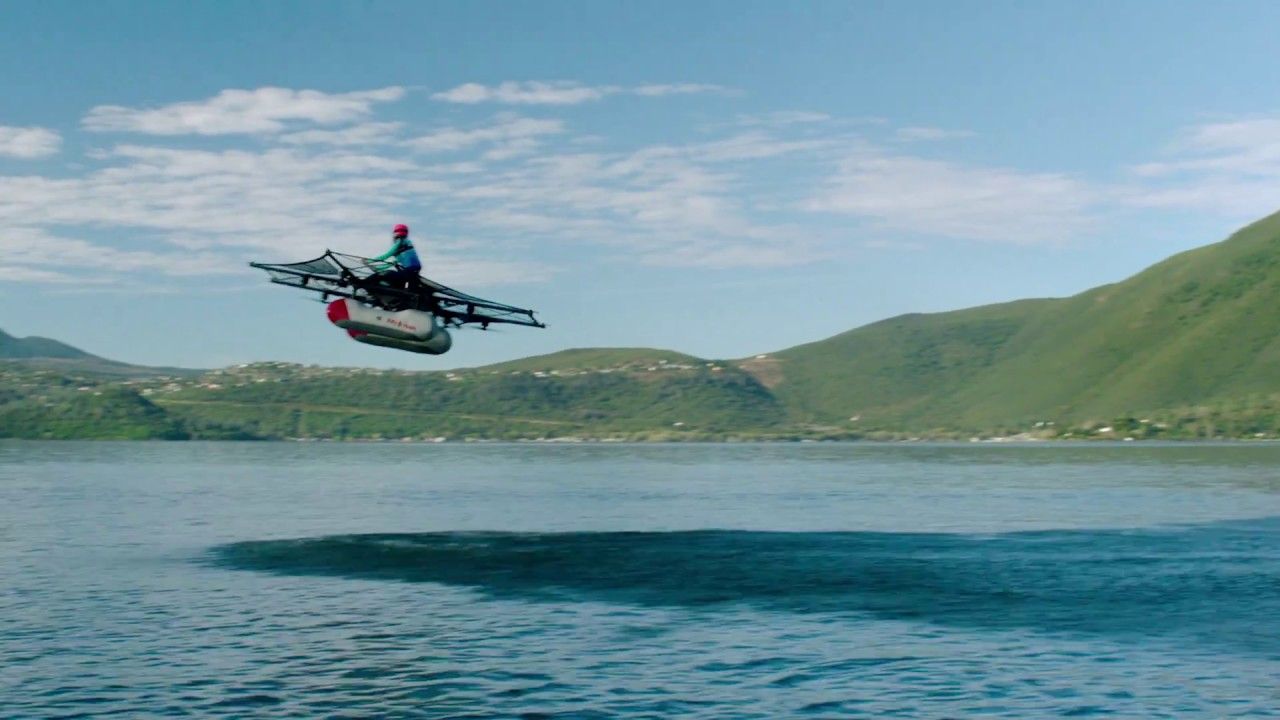
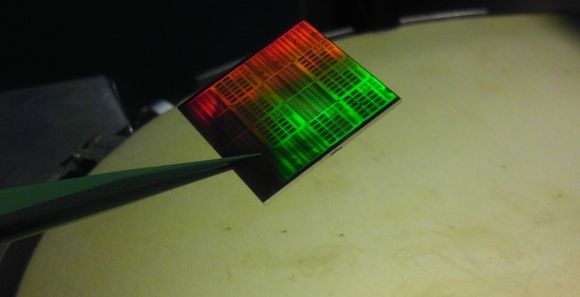





 By Tina Amini 2017/04/21 17:23:46 UTC
By Tina Amini 2017/04/21 17:23:46 UTC